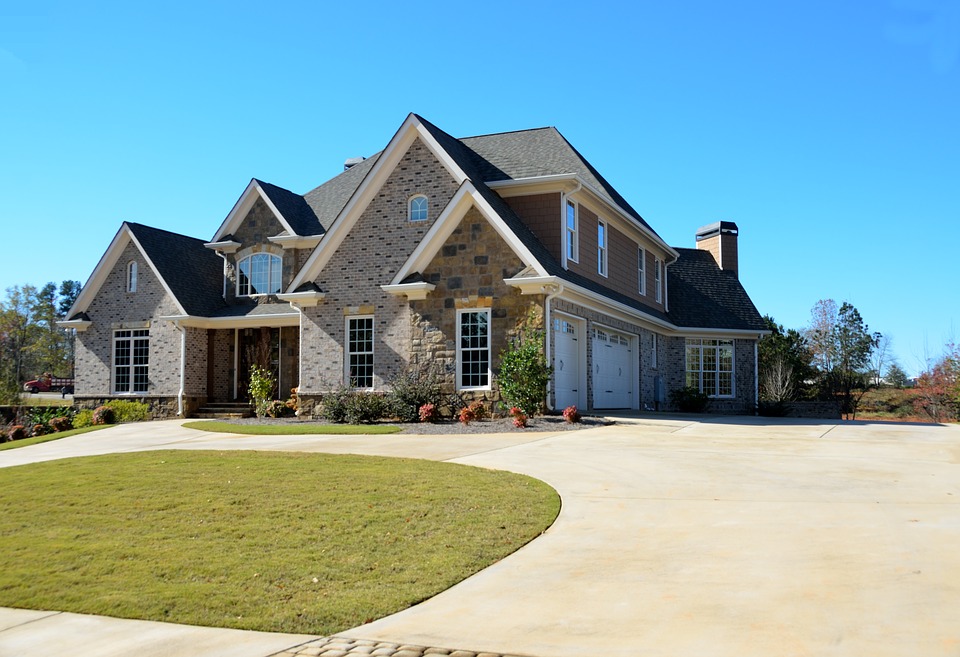Hydrostatic pressure is the term used to describe water that builds up vertically along the side of the foundation walls. The higher the vertical column of water the more the weight of the water causes pressure to build. Water always takes the path of least resistance and the vertical concrete wall is generally the path. This water, as it builds up, pushes its way into a basement and causes moisture problems. During a dry season like we had in this area this year, soils contract and generally cause open areas along the basement walls. Water easily enters these voids with no problem. Ideally, water should have been diverted away from the house through the downspout system. Many times simple splash blocks are used at discharge ends but this water still diverts around the foundation area. A wise way to get the water away from the house is to install a gutter extension at least ten feet from the foundation. This generally gets the water past the over dig on top of undisturbed soil. It is best to place these systems underground for esthetics and to eliminate a trip hazard.
The next issue deals with grading. This term refers to the soil around the foundation. Does the soil pitch or slant toward the foundation? This is called a negative grade. Or does the soil pitch away from the foundation? This is called a positive grade. Over a period of years, the over dug area of a house foundation will generally settle and cause a negative grade situation. Instead of the water flowing away from the residence, it actually flows toward the residence creating a moat area around the house.


Recent Comments